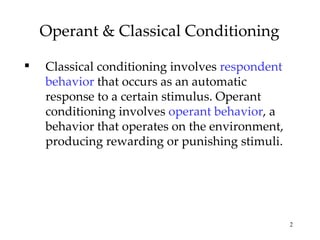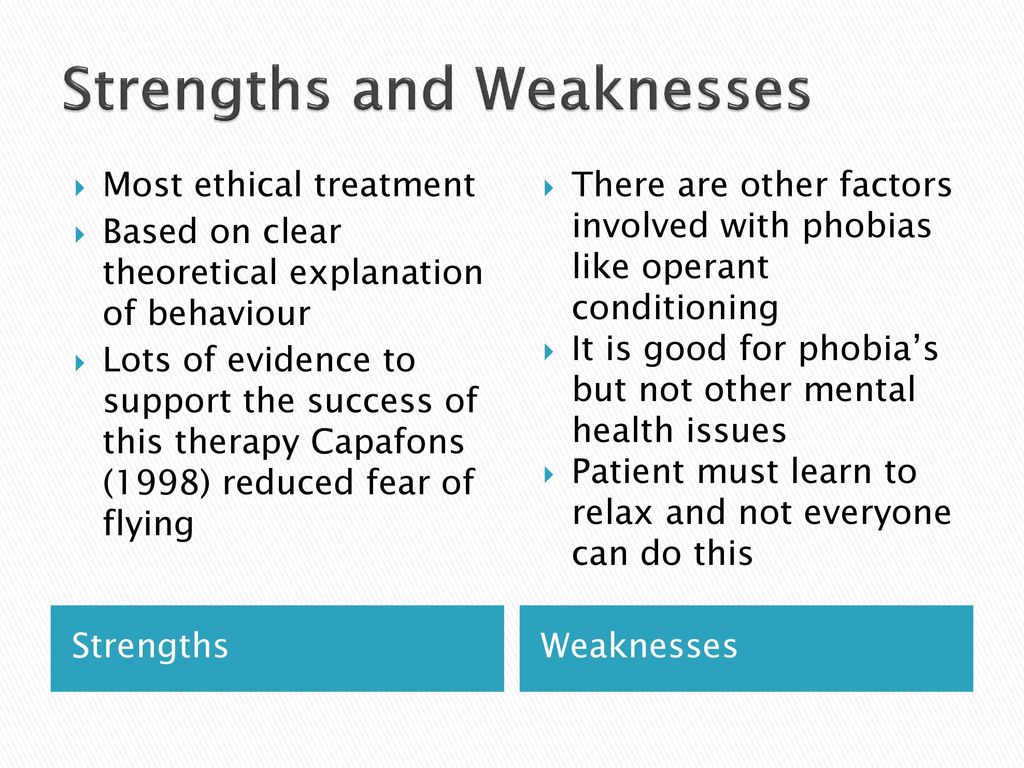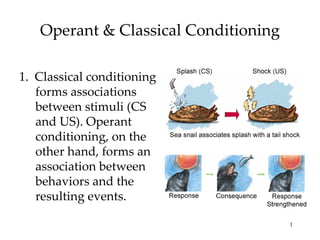Operant conditioning is a type of learning in which an animal or human learns to associate a particular behavior with a particular consequence. This type of learning is based on the idea that an animal or human will repeat behaviors that are followed by positive consequences and will avoid behaviors that are followed by negative consequences. While operant conditioning has been widely studied and is a well-established theory in the field of psychology, it has a number of weaknesses that should be considered when evaluating its usefulness as a learning model.
One weakness of operant conditioning is that it is focused on the association between a particular behavior and its consequence, rather than on the underlying cognitive processes that drive behavior. This means that operant conditioning does not account for the complex thought processes and motivations that can influence behavior. For example, an animal or human might engage in a particular behavior because they are motivated by a desire to achieve a certain goal, rather than simply because they have learned that the behavior is followed by a positive consequence.
Another weakness of operant conditioning is that it does not take into account the role of genetics and biology in shaping behavior. While operant conditioning suggests that behavior is shaped by the consequences it is followed by, research has shown that genetics and biology can also play a significant role in determining an individual's behavior. This means that operant conditioning may not be able to fully explain the complexities of human behavior, as it does not consider the influence of genetic and biological factors.
A third weakness of operant conditioning is that it is limited in its ability to explain why some behaviors are more resistant to change than others. Some behaviors, such as phobias and addiction, can be very difficult to modify through operant conditioning, despite the use of positive or negative consequences. This suggests that there may be other factors at play that are influencing the persistence of these behaviors, and that operant conditioning alone may not be sufficient to change them.
Finally, operant conditioning is limited in its ability to explain the role of social and cultural influences on behavior. While operant conditioning suggests that behavior is shaped by the consequences it is followed by, research has shown that social and cultural factors can also play a significant role in determining an individual's behavior. This means that operant conditioning may not be able to fully explain the complexities of human behavior, as it does not consider the influence of social and cultural factors.
In conclusion, operant conditioning is a useful theory for understanding how animals and humans learn to associate certain behaviors with particular consequences. However, it has a number of weaknesses that should be considered when evaluating its usefulness as a learning model. These weaknesses include its focus on the association between a particular behavior and its consequence, its limited ability to account for the role of genetics and biology in shaping behavior, its inability to explain why some behaviors are more resistant to change than others, and its limited ability to explain the role of social and cultural influences on behavior.







